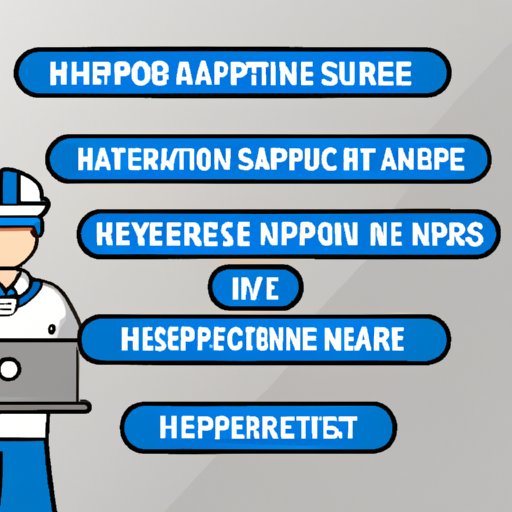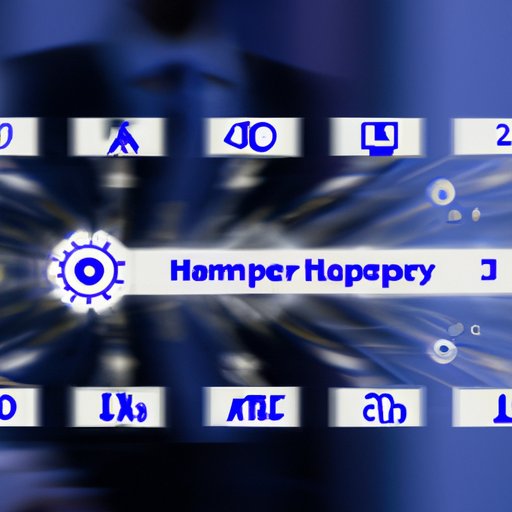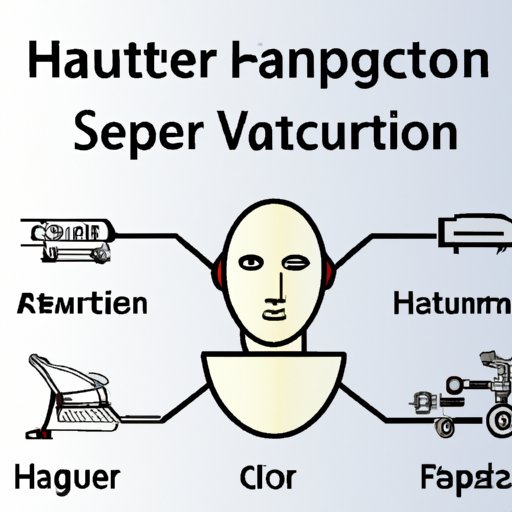Introduction
Hyper automation is an emerging technology that combines the power of multiple tools, such as Artificial Intelligence (AI), Robotic Process Automation (RPA), Machine Learning (ML) and Natural Language Processing (NLP). This powerful combination of technologies can help businesses automate and streamline their processes, resulting in improved efficiency, reduced costs and improved quality. By leveraging these technologies, organizations can gain a competitive advantage over their competitors and increase their bottom line.
Types of Hyper Automation
Hyper automation utilizes a variety of technologies to automate and optimize processes. These include Artificial Intelligence (AI), Robotic Process Automation (RPA), Machine Learning (ML) and Natural Language Processing (NLP). AI is used to identify patterns and make predictions, while RPA is used to automate repetitive tasks. ML is used to train machines to recognize patterns, and NLP is used for automated text and voice recognition.
Advantages and Disadvantages of Hyper Automation
Hyper automation offers many advantages, including increased efficiency, reduced costs and improved quality. Automating processes with hyper automation eliminates the need for manual labor, which can save companies time and money. Additionally, it can reduce the risk of human error, which can lead to costly mistakes. However, there are some drawbacks to implementing hyper automation, such as security concerns and lack of flexibility.

Benefits of Hyper Automation in the Workplace
Hyper automation can have a positive impact on the workplace by improving productivity, streamlining processes and accelerating decision-making. By automating mundane tasks, employees can focus their energies on more important tasks. Additionally, hyper automation can increase data accuracy by eliminating manual entry errors. This can lead to improved customer service and better decision-making.

How Hyper Automation Can Enhance Business Efficiency
Hyper automation can be used to automate repetitive tasks, reducing the amount of manual labor required. Additionally, it can reduce the time it takes to complete tasks, which can lead to increased efficiency. By automating processes, businesses can also reduce costs, as they no longer need to hire additional staff to perform the same tasks.

The Future of Hyper Automation: Trends and Predictions
As hyper automation continues to evolve, experts predict that AI-based solutions will become increasingly sophisticated. Autonomous agents, or robots, will become more prevalent, and automation will become commonplace across industries. Companies will also use hyper automation to gain insights from large amounts of data, allowing them to make informed decisions quickly.
Conclusion
Hyper automation is a powerful combination of technologies that can improve business efficiency. It can automate and streamline processes, leading to increased efficiency, reduced costs, and improved quality. Furthermore, it can benefit the workplace by improving productivity, streamlining processes, and accelerating decision-making. As hyper automation continues to evolve, it will become increasingly sophisticated and ubiquitous, providing businesses with a competitive edge.
(Note: Is this article not meeting your expectations? Do you have knowledge or insights to share? Unlock new opportunities and expand your reach by joining our authors team. Click Registration to join us and share your expertise with our readers.)
